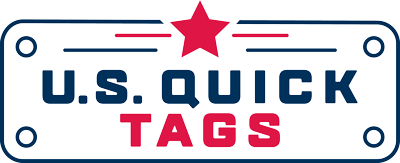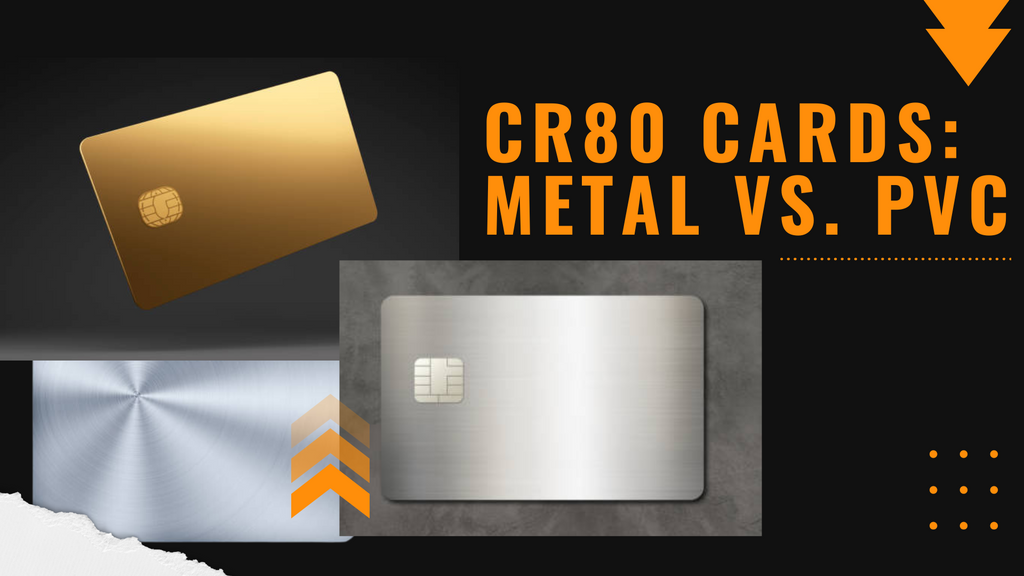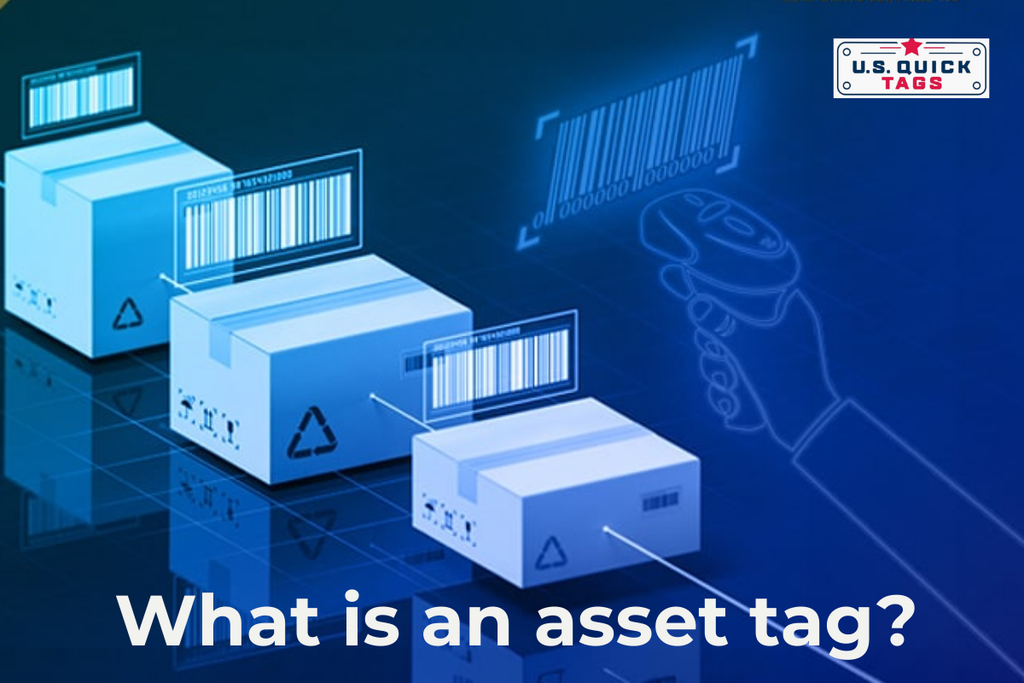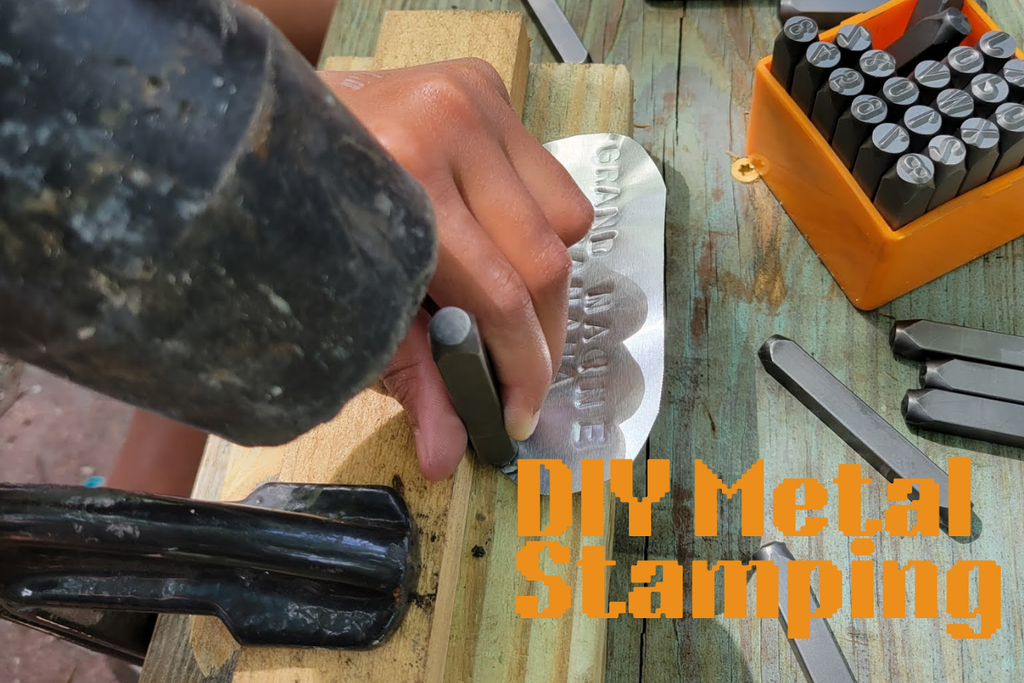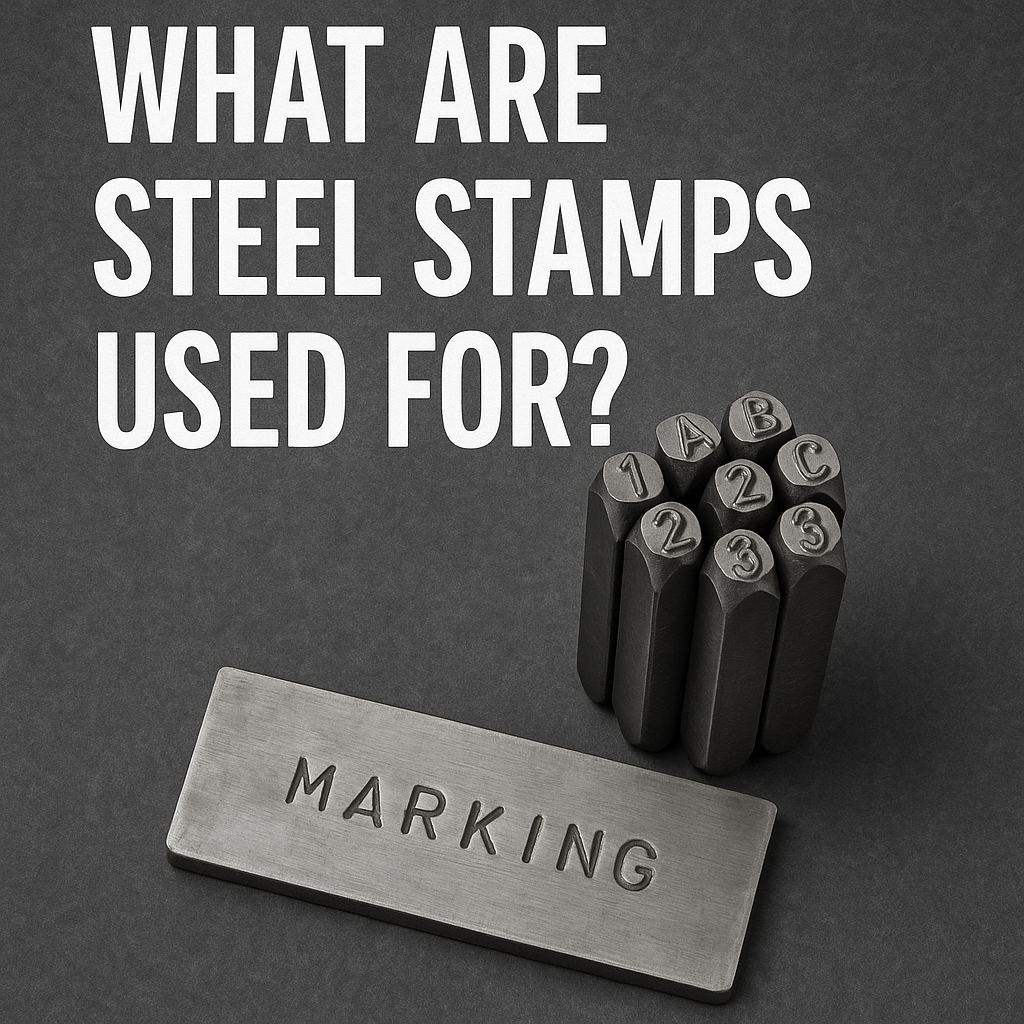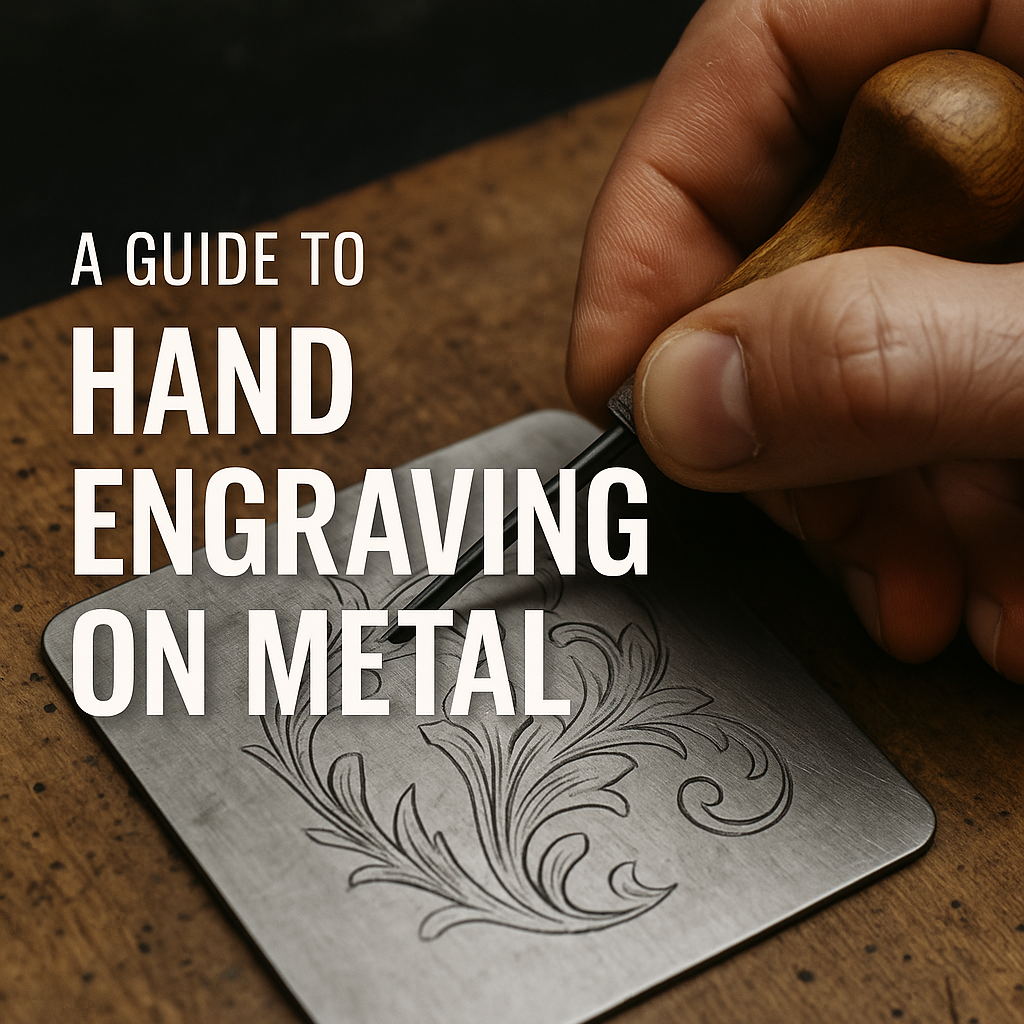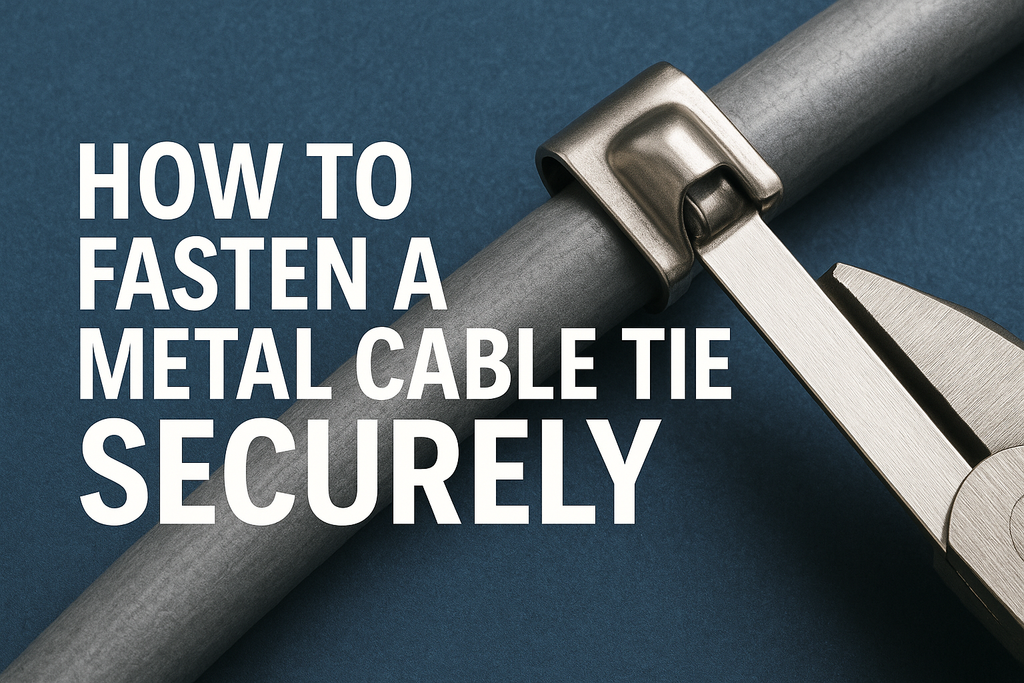Cr80 Cards: Metal vs PVC
- USQuickBlogs
- 01 Dec, 2023
CR80 cards have emerged as the quintessential choice in the realm of identification and access control. Their dimensions, mirroring those of standard credit cards and cards, exude a familiarity and convenience that resonate with users across various industries.
However, the choice between metal and PVC (Polyvinyl Chloride) for CR80 cards is far from arbitrary. When considering CR80 cards, the choice between metal and PVC options can be quite consequential. In this comprehensive article, we will delve deeply into the world of CR80 cards, providing an in-depth analysis of both PVC and metal variants.
By the end of this exploration, you will have a comprehensive understanding of the strengths and weaknesses of each material, allowing you to make an informed decision for your specific needs.
Choose The Material

The Material Dilemma: Balancing Form and Function
When it comes to selecting the material for your CR80 cards, the decision hinges on a delicate balance between form and intended function.
Metal: Opt for metal CR80 cards when you seek to make a bold statement. These cards excel in scenarios where durability, exclusivity, and a touch of opulence are paramount. Consider them for elite club memberships, high-value gift cards, or commemorative keepsakes. However, be prepared to invest more in these cards, both in terms of production costs and manufacturing lead times.
PVC: PVC CR80 cards, on the other hand, are the pragmatic choice for everyday identification and access control needs. They are versatile, cost-effective, and compatible with a name card printer and a wide range of printing and encoding technologies. Employ them for employee ID badges, loyalty cards, or event passes where functionality takes precedence over extravagance.
Advantage of Metal over PVC
Now, let's dive into the myriad advantages of utilizing metal CR80 cards, a choice that can be particularly compelling in various scenarios.
Metal CR80 cards excel in durability, ensuring they withstand the test of time in demanding environments, from industrial print facilities to outdoor events. Moreover, their smooth surfaces allow for impeccable and long-lasting printing, elevating the visual appeal of your cards.
Furthermore, the versatility of metal CR80 cards is remarkable, with a number of options like stainless steel, aluminum, and brass, each catering to specific needs, whether it be adding an item to the card's corrosion resistance, lightweight portability, or a touch of elegance. These attributes collectively make metal CR80 cards an optimal choice for lasting impressions.
Custom Blank Metal Cards

Metal: Unveiling the Rugged Elegance
The allure of metal CR80 cards resides in their captivating blend of durability and sophistication. Crafted from materials such as stainless steel, aluminum, or brass, these cards emanate an unmistakable aura of premium quality.
Metal CR80 cards, unlike their PVC counterparts, are impervious to the wear and tear of time. They withstand environmental elements with remarkable resilience, ensuring that the quality of your identification solution remains unfazed in adverse conditions.
Moreover, metal cards exude a sense of exclusivity. Their substantial weight, thickness, and sleek surface texture radiate opulence, making them a favored choice for high-end membership cards, luxury hotels, and exclusive clubs. The metallic finish lends itself to intricate etching, embossing, or even color printing, enabling businesses to brandish their identity with an air of sophistication.
However, it is essential to acknowledge that while metal CR80 cards offer durability and a touch of class, they come at a price, a premium cost. Their production necessitates intricate manufacturing processes, which invariably translates into a higher price point compared to PVC alternatives.
Limitations of Metal CR80 Cards
Nevertheless, the inherent weight and thickness of metal CR80 cards can pose challenges in specific use cases, potentially hindering portability and compatibility with devices or cardholders designed for standard credit card dimensions. Furthermore, the elevated cost associated with metal CR80 cards is primarily attributed to the material itself and the intricate manufacturing processes commonly required to craft these premium cards. These factors make metal CR80 cards a strategic choice for applications where their durability and luxurious appeal are paramount, but they may not be the most practical option in scenarios where streamlined design and cost-efficiency are essential considerations.
Seamless Printing
One of the most remarkable advantages of opting for metal CR80 cards is their capacity to deliver impeccable print quality. In stark contrast to PVC, which at times absorbs ink unevenly, leading to undesirable smudges and imperfections, the pristine metal surfaces of CR80 cards offer an unrivaled canvas for printing perfection. The outcome is a visual masterpiece with razor-sharp, vivid, and enduring imagery and graphic quality that not only captures attention but also ensures a lasting impression. Whether it's intricate designs, intricate logos, or vibrant color schemes, metal CR80 cards effortlessly transform your vision into a tangible, high-quality reality.
Product Type Description
Metal CR80 cards come in a diverse array of materials, each with its unique properties and its intended applications. It's crucial to understand these options to choose the one card that best suits your needs.
Stainless Steel:
- Renowned for its exceptional corrosion resistance, stainless steel CR80 cards are the go-to choice for environments where exposure to moisture or harsh chemicals is a concern. They maintain their pristine appearance even under the harshest conditions, making them ideal for industrial access cards and badges.
Aluminum:
- Aluminum CR80 cards strike a balance between durability and lightweight portability. These cards are often preferred for applications requiring both ruggedness and ease of use, such as event badges and membership cards.
Brass:
- Brass CR80 cards exude an air of elegance and prestige. They are frequently chosen for high-end membership cards, luxury brands, or organizations looking to convey a sense of sophistication and exclusivity.
CR80 ID cards: Credit card size brings convenience

Size Matters: The Ubiquity of CR80 Dimensions
The standard dimensions of CR80 cards, mirroring those of credit cards, are a design choice rooted in practicality and user familiarity. Measuring 3.375 inches by 2.125 inches, these cards fit snugly into wallets, cardholders, and standard card slots, ensuring easy and unobtrusive storage.
The standard credit card size is universally recognized, eliminating the need for users to adapt to an unfamiliar form factor. This inherent familiarity expedites the integration of CR80 ID cards into daily routines, whether for access control, membership verification, or payment transactions.
Moreover, the standardized size facilitates seamless compatibility with card printers and encoding equipment. This consistency in size streamlines the card production process, reducing the margin for errors and ensuring that CR80 cards are readily accepted across various systems and industries.
Environmental Impact
Examining the Eco-friendliness of Each Material
When it comes to choosing materials for various products, including cards, it is important to consider their environmental impact and graphic quality. The eco-friendliness of each material used is a critical factor that should be taken into account.
PVC card stock, for instance, is a type of plastic that raises concerns related to sustainability and recyclability. Its production process can emit harmful chemicals, and it can take hundreds of years to decompose, contributing to environmental pollution. On the other hand, metal cards may be durable and long-lasting, but they might pose significant challenges in terms of disposal.
As such, it is essential to weigh the pros and cons of each material and choose one that is environmentally friendly, sustainable, and has good graphic quality.
Recycling and Disposal Options
Understanding the recycling and disposal options for these materials can help in making an informed decision and choosing the more sustainable option. By choosing materials that can be recycled or disposed of properly, we can reduce the amount of waste we produce and minimize our impact on the environment.
Therefore, it is crucial to evaluate the recycling and disposal options available for each material and choose the one that aligns with our sustainability goals.
Market Pricing
While the advantages of metal CR80 cards, including their impressive longevity and superior aesthetics, are undeniable, it's essential to delve into details regarding the pricing aspect. Metal cards typically command a higher price and initial investment compared to the prices of their PVC counterparts.
However, it's crucial to view the purchase of items of this size, quantity, and cost in the context of long-term benefits. Metal CR80 cards are not just identification tools; they are a reflection of your brand's quality and attention to detail.
In scenarios where your cards serve as long-term identification solutions or represent your organization or brand identity, note that the lasting impression they create and their extended lifespan can more than justify the initial expenditure to purchase them. Consider them as an investment in both durability and brand image integrity.
Durability
When it comes to selecting CR80 cards, price, and durability take center stage as a pivotal factor. As previously highlighted, metal CR80 cards emerge as champions in this price domain. They exhibit an extraordinary resistance to the wear and tear that can gradually impact PVC cards over time. Whether subjected to the rigors of extreme weather conditions, relentless exposure to the elements, or constant handling in high-traffic environments, metal cards remain unwavering in their structural integrity.
This steadfast durability ensures that your own stock of cards not only withstands the test of time but also consistently reflects the unwavering quality and reliability of your card printer brand, making them an enduring asset in your organizational toolkit.
In summary, the choice between metal and PVC CR80 cards hinges on your specific requirements and budget considerations. Metal cards offer customers unparalleled advantages such as seamless printing, a variety of material options, market pricing, and exceptional durability. On the other hand, PVC cards are budget-friendly and versatile, making a number of them suitable for a wide range of applications. By thoroughly assessing your needs and weighing the pros and cons of each material, you can make an informed decision that aligns with your organization's goals and values.
Whether you prioritize the durability and sophistication of metal cards or the cost-effectiveness of PVC, your CR80 cards will continue to play a vital support role in your operations and brand and image representation.
